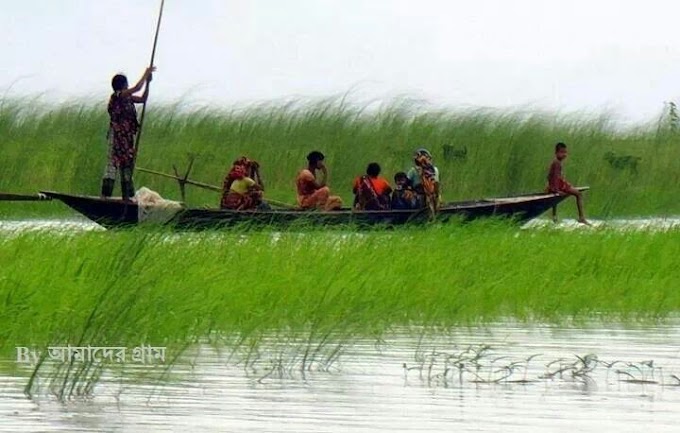Great observations! Here's a more detailed comparison and description of the two traditional boats: Pansi Nouka and Sampan, both of which hold cultural and practical significance in South and Southeast Asia, including Bangladesh.
🛶 Pansi Nouka (পানসি নৌকা)
| Feature | Description |
|---|---|
| Origin | Bengal delta (Bangladesh and West Bengal) |
| Use | Traditionally for transport, now also for Nouka Baich (boat racing) |
| Shape | Long and narrow with an elegant upward curve on both ends |
| Material | Local hardwood (koroi, shal, etc.) |
| Capacity | Can hold 20–100 rowers during races |
| Design Elements | Often beautifully painted, sometimes with cloth canopies |
| Cultural Role | Featured in folk songs, races, and village festivals |
| Notable Use | Competitive boat racing in rural festivals (especially in monsoon season) |
✅ Symbolizes speed, unity, and tradition in Bengali culture.
🛶 Sampan
| Feature | Description |
|---|---|
| Origin | East and Southeast Asia (used in Bangladesh’s coastal regions, especially Chittagong) |
| Use | Fishing, cargo, and short-distance transport in coastal waters |
| Shape | Shorter, wider hull than Pansi; flat bottom; sometimes with a small covered area |
| Material | Typically made of wood like teak or sal |
| Capacity | Smaller crew – often 1 to 5 people |
| Design Elements | Distinctive bow and stern curves; may include a sail or small engine |
| Cultural Role | Used by Bengali fishermen, especially in the Bay of Bengal area |
| Notable Use | Everyday work boat rather than ceremonial or racing use |
✅ Symbolizes coastal livelihood and practicality.
🔍 Summary
| Feature | Pansi Nouka | Sampan |
|---|---|---|
| Main Use | Racing, transport | Fishing, coastal travel |
| Region | Riverine Bengal | Coastal Bangladesh, Southeast Asia |
| Design | Long, sleek, graceful | Shorter, flatter, robust |
| Crew Size | Large (20–100) | Small (1–5) |
| Cultural Value | High (festivals, races) | Moderate (daily utility) |
Would you like a visual comparison of these two boat types?







